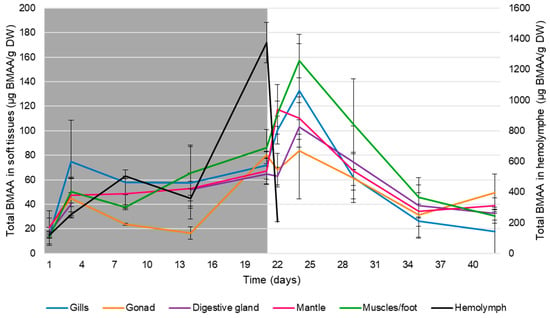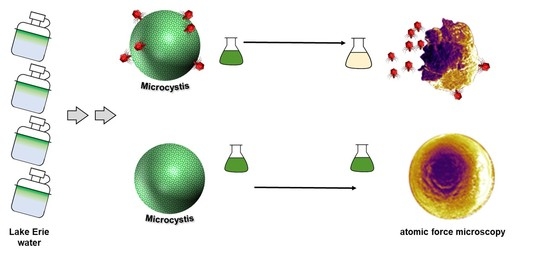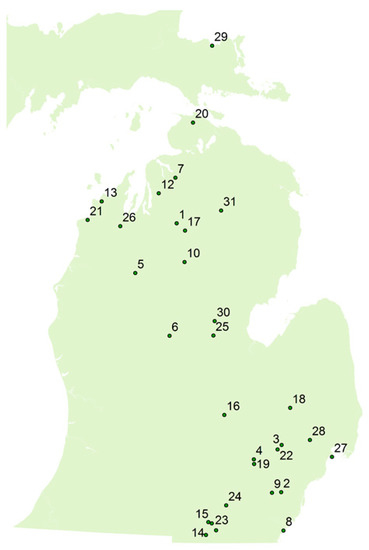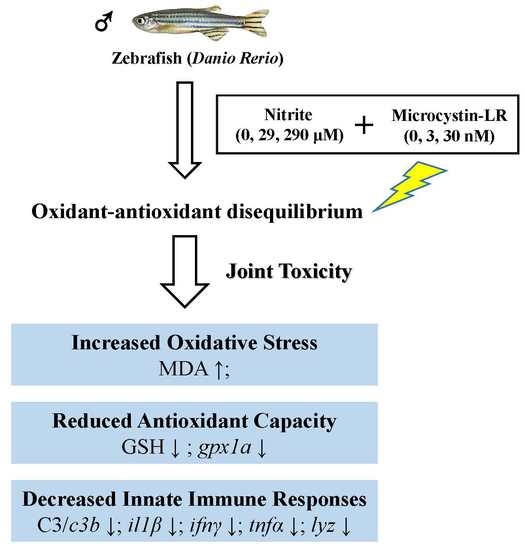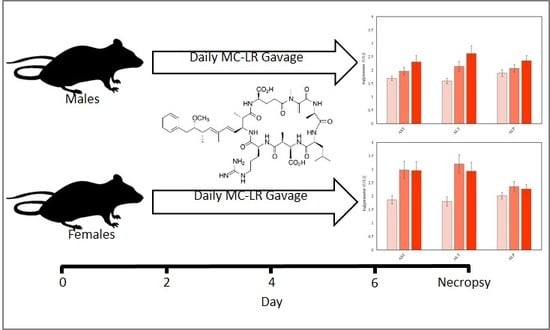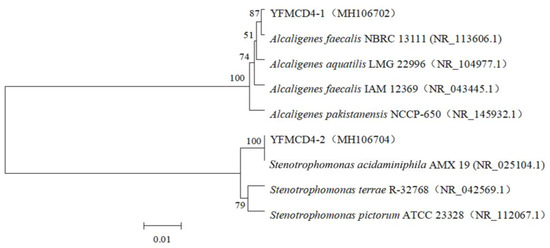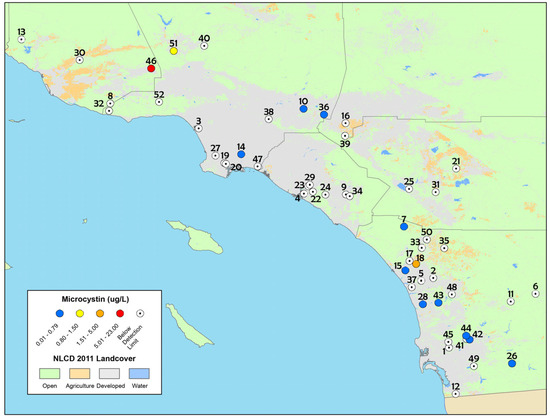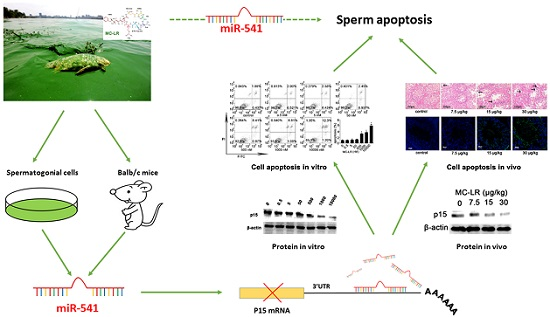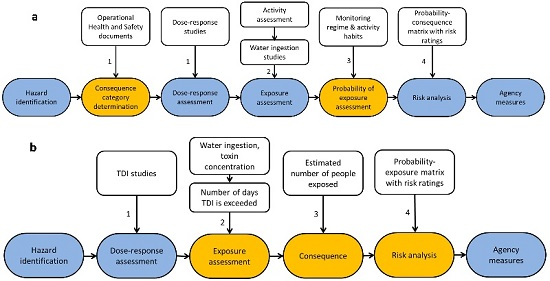Freshwater HABs and Health in a Changing World (Closed)
A topical collection in Toxins (ISSN 2072-6651). This collection belongs to the section "Marine and Freshwater Toxins".
Viewed by 52747Editors
Special Issues, Collections and Topics in MDPI journals
Special Issues, Collections and Topics in MDPI journals
Special Issues, Collections and Topics in MDPI journals
Topical Collection Information
Dear Colleagues,
The Special Issue on Harmful Algal Blooms (HABs) and Public Health: Progress and Current Challenges included research papers and reviews on various aspects of HABs and public health, including HAB occurrence, human health risk assessment, water treatment techniques, and regulatory guideline development. This Special Issue touched on a number of topics that need further exploration, including characterizing cyanobacterial toxin poisonings associated with drinking contaminated water or eating contaminated food, HAB-related illnesses from exposures during recreational water activities, and understanding cyanobacteria bloom-associated fish kills and poisonings of companion animals, livestock, and wildlife. This Topical Collection entitled Freshwater HABs and Health in a Changing World serves as a forum to further discuss these topics and address challenges in assessing freshwater HAB-associated effects on public health and the environment. Manuscripts are invited that provide information about exposure assessment; health outcomes; outbreak investigations; wild and domestic animal poisonings; toxicology of cyanobacterial toxins in animals and humans, and the production of toxins in the environment. Manuscripts on the absorption, distribution, and elimination of toxins in animals and humans, and the control of toxins in the built and natural environment, as well as related topics are also invited.
Dr. Lesley V. D'Anglada
Dr. Elizabeth Hilborn
Dr. Lorraine C. Backer
Collection Editors
Manuscript Submission Information
Manuscripts should be submitted online at www.mdpi.com by registering and logging in to this website. Once you are registered, click here to go to the submission form. Manuscripts can be submitted until the deadline. All submissions that pass pre-check are peer-reviewed. Accepted papers will be published continuously in the journal (as soon as accepted) and will be listed together on the collection website. Research articles, review articles as well as short communications are invited. For planned papers, a title and short abstract (about 100 words) can be sent to the Editorial Office for announcement on this website.
Submitted manuscripts should not have been published previously, nor be under consideration for publication elsewhere (except conference proceedings papers). All manuscripts are thoroughly refereed through a double-blind peer-review process. A guide for authors and other relevant information for submission of manuscripts is available on the Instructions for Authors page. Toxins is an international peer-reviewed open access monthly journal published by MDPI.
Please visit the Instructions for Authors page before submitting a manuscript. The Article Processing Charge (APC) for publication in this open access journal is 2700 CHF (Swiss Francs). Submitted papers should be well formatted and use good English. Authors may use MDPI's English editing service prior to publication or during author revisions.
Keywords
- harmful algal blooms
- cyanobacteria
- blue-green algae
- cyanotoxins
- red tides
- public health
- drinking water treatment
- monitoring
- treatment
- prevention
- public health surveillance
- environmental health
- environmental contaminants and human health






